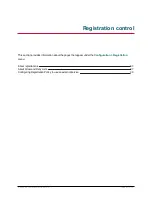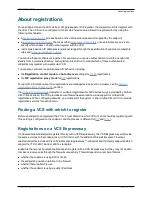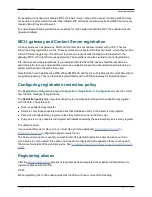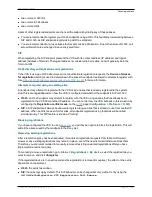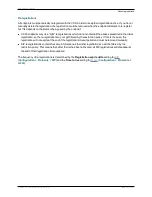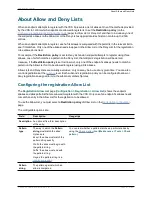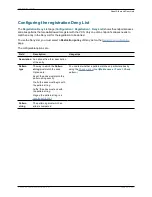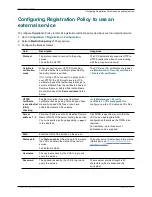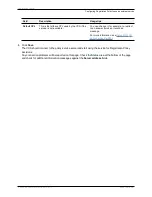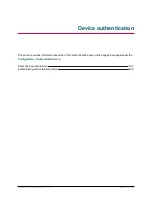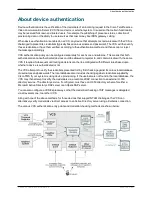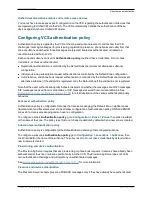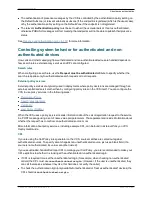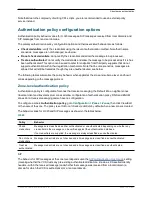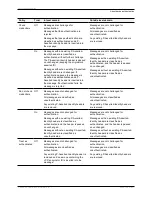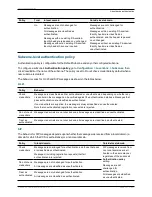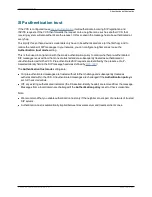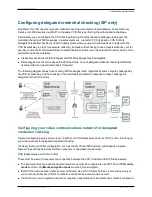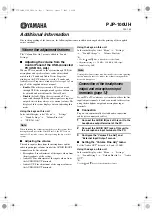
For example, if an endpoint is behind a NAT or firewall, it may not be able to receive incoming calls and may
not be able to receive media for calls it has initiated. SIP endpoints can also work behind a NAT but can only
receive video if they send it as well.
To ensure firewall traversal will work successfully for H.323 endpoints behind a NAT, the endpoint must be
traversal-enabled.
MCU, gateway and Content Server registration
H.323 systems such as gateways, MCUs and Content Servers can also register with a VCS. They are
known as locally registered services. These systems are configured with their own prefix, which they provide
to the VCS when registering. The VCS will then know to route all calls that begin with that prefix to the
gateway, MCU or Content Server as appropriate. These prefixes can also be used to control registrations.
SIP devices cannot register prefixes. If your dial plan dictates that a SIP device should be reached via a
particular prefix, then you should add the device as a neighbor zone with an associated search rule using a
pattern match equal to the prefix to be used.
Note that the Cisco TelePresence MPS 200 and MPS 800, and the Cisco TelePresence Content Server both
support Expressway. They can therefore register directly with a VCS Expressway for firewall traversal.
Configuring registration restriction policy
The
Registration configuration
page (
Configuration > Registration > Configuration
) is used to control
how the VCS manages its registrations.
The
Restriction policy
option specifies the policy to use when determining which endpoints may register
with the VCS. The options are:
n
None
: any endpoint may register.
n
Allow List
: only those endpoints with an alias that matches an entry in the Allow List may register.
n
Deny List
: all endpoints may register, unless they match an entry on the Deny List.
n
Policy service
: only endpoints that register with details allowed by the external policy service may register.
The default is
None
.
If you use an
Allow List
or
Deny List
, you must also go to the appropriate
Registration Allow List
or
Registration Deny List
configuration page to create the list.
The
Policy service
option is used if you want to refer all registration restriction policy decisions out to an
external service. If you select this option an extra set of configuration fields appear so that you can specify
the connection details of the external service. See
Configuring Registration Policy to use an external service
[p.99]
.
Registering aliases
After the
device authentication
process (if required) has been completed, the endpoint will then attempt to
register its aliases with the VCS.
H.323
When registering, the H.323 endpoint presents the VCS with one or more of the following:
Cisco VCS Administrator Guide (X8.1.1)
Page 94 of 507
Registration control
About registrations













